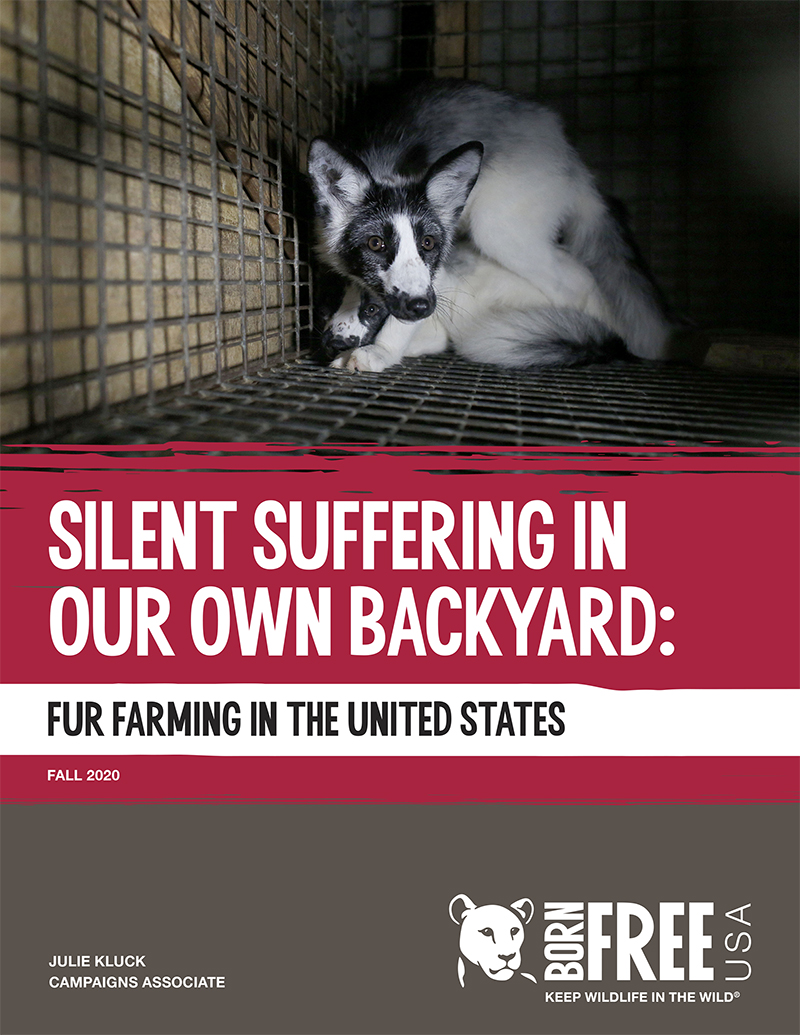Silent Suffering in Our Own Backyard: Fur Farming in the United States (2020)
Silent Suffering in Our Own Backyard: Fur Farming in the United States amends and updates the data presented in our 2009 Cruelty Uncaged report and provides a current analysis of fur farming in the U.S. Exploring animal welfare, oversight, and regulation – in light of emerging public health threats – our analysis highlights just how far the U.S. has fallen behind in bringing this cruel industry under control and what steps must be taken to tackle this issue in the interests of animals and human society.
Watch Share Donate
Main Findings
Serious animal welfare concerns.
Animals in fur farms live miserable lives of extreme confinement. Our research reveals that only six states have any kind of regulations mandating the barest minimum standards of care for animals in fur farms.
A threat to public health.
Wherever animals are held in high densities in unnatural, cramped conditions in captivity, the threat of disease spread is significant. There have been multiple documented outbreaks of disease in fur farms in the United States, including toxoplasmosis and canine distemper. At the time of publication, mink in fur farms in Utah and Wisconsin have tested positive for SARS-CoV-2 virus – the virus that causes COVID-19 in humans.
Lack of oversight and regulations.
The legislative landscape on fur farming in the U.S. has remained stagnant for more than a decade and, on the state level, anti-cruelty laws generally exclude farmed animals, including those used for their fur. Our research shows that regulation of fur farming is practically non-existent and what little regulation does exist is poorly understood by state bodies, including confusion over which government agency is responsible for oversight.
